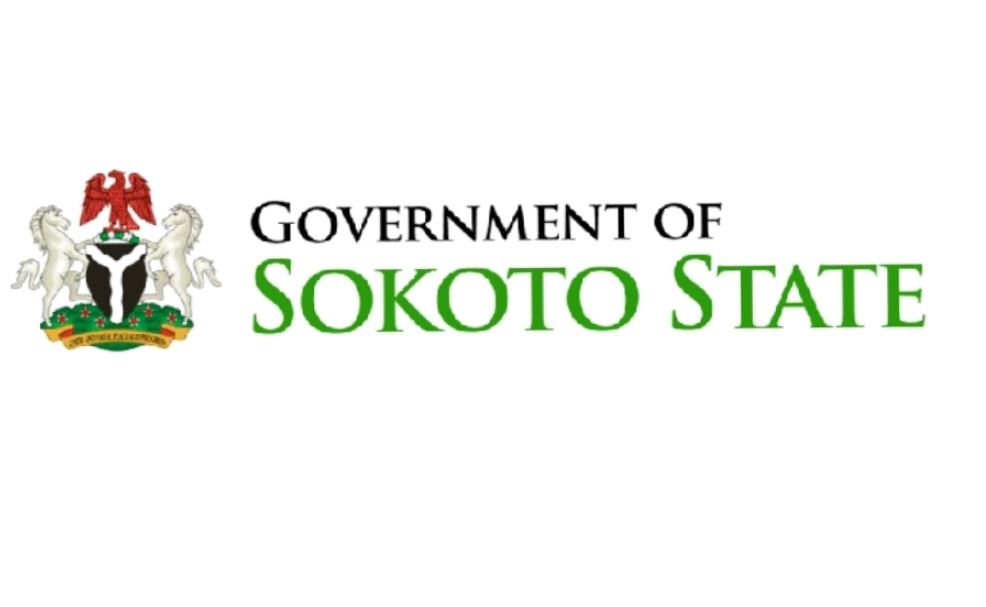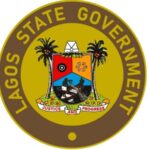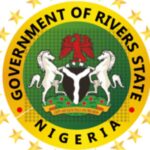This guide comprehensively lists all the local government areas in Sokoto state, with their elected chairman. Sokoto State is in the far northwest of Nigeria and shares a border with the Republic of Niger. It is also surrounded by the states of Zamfara and Kebbi.
The capital city is Sokoto, which sits near the meeting point of the Sokoto and Rima Rivers. As of 2025, Sokoto has a population of over 7,097,136 people.
It is a center for Islamic learning and the home of the Sultan, the spiritual leader of Nigerian Muslims. Sokoto was once part of the powerful Sokoto Caliphate and later became a British-controlled province before becoming a state in 1976.
READ ALSO: Complete List Of Lagos State Local Government Areas And Their Chairmen
List Of Local Government Areas In Sokoto State And Their Chairmen
Sokoto State has 23 Local Government Areas (LGAs), each with its chairman:
- 1-Binji – Dikko Nabunkari Jamali
2-Bodinga – Muhammad Shehu Dingyadi
3-Dange/Shuni – Aminu Magaji Bodai
4-Goronyo – Bashar Balla V
5-Gwadabawa – Ibrahim Aliyu Sakamaru
6-Isa – Shareef Abubakar Kamarawa
7-Rabah – Yusuf Muhammad Rabah
8-Kware – Ibrahim Attahiru
9-Sabon Birni -Ayuba Hashimu Dan Tudu
10-Silame – Abubakar Mohammed Daftarana
11-Shagari – Barr Maidawa Kajiji
12-Sokoto North – Jamilu Umar Gosta
13-Sokoto South – Yau Mohammad Danda
14-Tambuwal – Abba Shehu Tambuwala
15-Tangaza – Isah Salihu Bashir Kalanjeni
16-Tureta – Aliyu Abubakar
17-Wamakko – Umar Ahmad Dundaye
18-Kebbe – Abdullahi Yarima Kebbe
19-Wurno – Abba Isah Sadiq Achida
20-Gada – Zayyanu Gada
21-Illela – Sirajo Shehu Maibala
22-Gudu – Buhari Alh Amadu Kurdula
23-Yabo – Muhammad Abubakar
READ ALSO: Complete List Of Zamfara State Local Government Areas And Their Chairmen
Sokoto North Local Government Area
Sokoto North Local Government Area is one of the administrative regions in Sokoto State, Nigeria. It is the political and governance center of the state.
Located in the northern part of Sokoto State, Sokoto North shares boundaries with Sokoto South, Wamakko, and Dange Shuni Local Government Areas.
It covers approximately 51 square kilometers and lies within the Sudan Savannah region, featuring grasslands and scattered trees.
The climate is hot, with a long dry season from October to April and a rainy season from May to September. This weather pattern affects agricultural activities.
According to the 2025 population estimation, Sokoto North has a population of about 404,800 people. The area is home to different ethnic groups, including the Hausa, Fulani, and other indigenous communities.
Agriculture is the backbone of the local economy, with many residents engaged in farming. Crops such as millet, sorghum, maize, and groundnuts are widely cultivated, while livestock farming, especially cattle rearing, is common among the Fulani.
Governance in Sokoto North is structured under a local government system that promotes grassroots democracy. An elected chairman leads the council, working with state authorities to implement policies that improve infrastructure, healthcare, education, and security.
Security remains a challenge due to issues like banditry and communal disputes over resources such as land and water. These conflicts have led to displacement and strained relationships among communities.
READ ALSO: Complete List Of Kogi State Local Government Areas And Their Chairmen
Which LGA In Sokoto State Has The Highest Population?
Gada Local Government Area in Sokoto State has the highest population among all LGAs in the state, with an estimated population of approximately 434,800 based on the latest projections.
This makes Gada a massive area in terms of demographics and its role in the overall socio-economic structure of Sokoto State.
It is located in the southern part of the state and shares borders with several other LGAs, including Goronyo and Wamakko.
The area consists of a mix of rural and semi-urban settlements, contributing to its large and diverse population. The majority of the people in Gada belong to the Hausa and Fulani ethnic groups.
Economically, residents in the area engaged in farming. The fertile land in Gada supports the cultivation of staple crops such as millet, sorghum, and maize, which are essential for food security in the region.
In addition to crop farming, livestock rearing is a major occupation, with cattle, goats, and sheep being raised by many households.
READ ALSO: Complete List Of Jigawa Local Government Area And Their Chairmen
Which Is The Biggest LGA In Sokoto State By Land Mass?
Gudu is the biggest Local Government Area in Sokoto State by land mass, covering a total area of 3,478 square kilometers.
It is located in the northwestern part of Sokoto State and shares a boundary with the Republic of Niger to the north and west.
To the south, it is bordered by Kebbi State, while Binji Local Government Area lies to the southeast and Tangaza Local Government Area to the east. The headquarters of Gudu is in the town of Balle.
According to the 2006 census, Gudu had a total population of 95,544 people, and by 2019, the estimated population had increased to 139,000.
Gudu is historically significant as it was once the capital of the Sokoto Caliphate in 1804. However, the local government is divided into three main districts, each led by a district head known as Uban Ƙasa.
These districts are Bachaka, Balle, and Kurdula. The Bachaka District includes Bachaka, Chilas/Makuya, and Gwazange/Boto wards, and is headed by Alhaji Aminu Abdullahi Bachaka.
Also, the Balle District consists of Balle, Ƙarfen-Chana, Ƙarfen-Sarki, and Marake wards. The Kurdula District is also made up of Awulkiti, Kurdula, and Tullun-Doya wards.
In total, Gudu comprises ten divisional registration areas or wards. These include Bachaka, Kurdula, Balle, Karfen-Sarki, Karfen-Chana, Marake, Awulkiti, Chilas/Makuya, Gwazange/Boto, and Tullun-Doya.
Each of these wards contributes to the governance and administration of the local government area. Gudu is sometimes referred to as the “Land of Promise,” with the motto “Striving Towards Advancement.”



